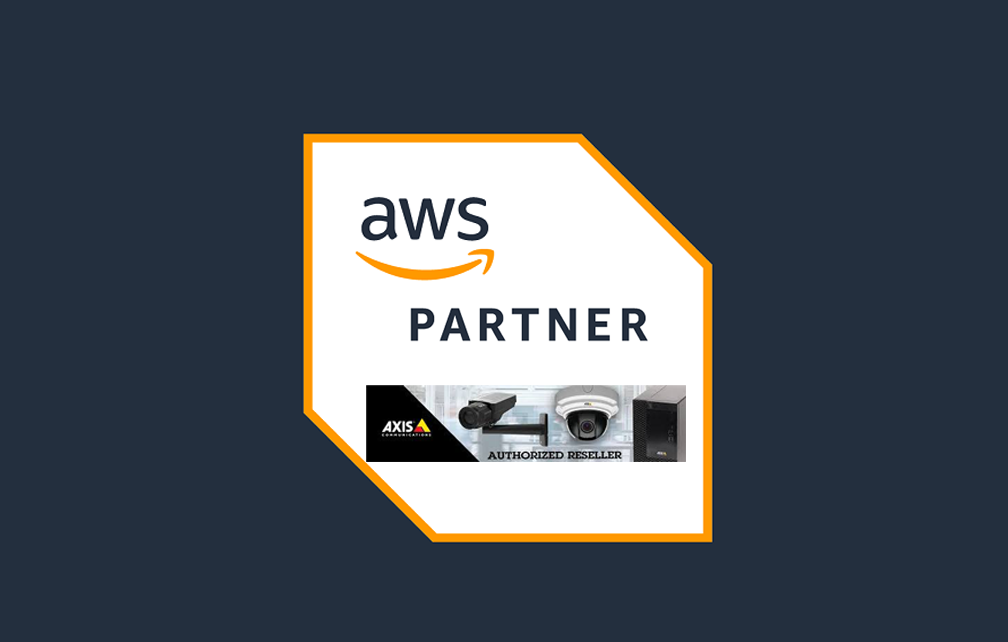Pay-Per-View & Subsciptions
At StreamPros we not only provide gold standard reliability by storing and deliverying your content on the AWS global cloud, we have creating industry leading streaming tools for some of the nations leading companies. Our commitment to you is to provide you with streaming tools that are designed to simplify technology to deliver and monetize your content as you require.
One Platform is all you’ll need
Do what you do best and let StreamPros do the rest. Our experience in streaming content is unparalleled. In the mid 1990’s we became captivated by a new industry called the internet, and our curiosity and desire forged a path that provided our customers with solutions that enhanced revenues and productivity. At first the pace of these innovative
StreamPros Provides The Tools
Promoting Your Business
StreamPros provides a multi-functional set of to for you to make the most of your location. Live streaming offers new customers a view that is essential to attracting new business. With our complete set of stats you’ll be able identify the benefits of Live Stream marketing
Secure Municipal Streaming
StreamPros offers the security of a Private Content Delivey Network seamlessly to your community. Live and On-Demand Streaming is sent to directly to our servers with iFrame technology on each of the channels you create. Iframes can be pasted on your website for easy viewing for one and all.
Complete Monetization Tools
StreamPros offers all the tools you need to monetize live performance, monthly subscriptions and a host of offers your the ability to monetize your content regardless of your requirement with all the tools you need for secure
viewer engagement. give us a call for a no obligation demonstration.

